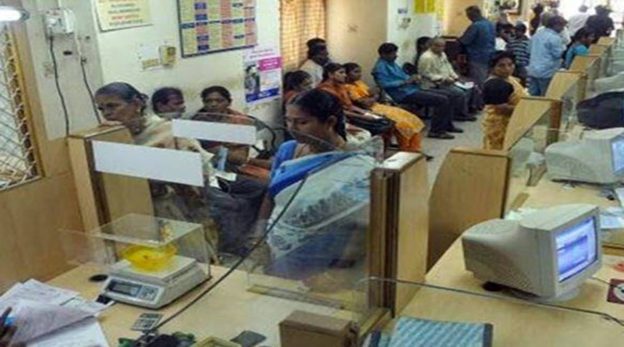According to the 6th Economic Census, women entrepreneurs collectively contribute 3.09% percent of industrial output. They employ 10 percent of the total workers engaged in different economic activities.
In past decades, owning a bank account was considered a major benchmark for women, who constitute 48.5% of India’s population. But as India steps into an accelerated Internet era, financial inclusion casts a much wider net. Today it includes the full spectrum of financial literacy, funding, payments, banking, and beyond, and we have merely scratched the surface.
Here’s a quick look at two common scenarios. According to the 6th Economic Census, women entrepreneurs collectively contribute 3.09% percent of industrial output. They employ 10 percent of the total workers engaged in different economic activities. Yet, India ranks third-highest in the entrepreneurship gender gap across the world. Despite being calculated risk-takers, women across the entrepreneurship pyramid receive extremely limited funding.
On the other end of the spectrum, if we look at the collective unpaid labour contributed by women in India, Indian men spend 80 % of their working hours on paid work, while women spend nearly 84 % of their working hours on unpaid labor (according to India’s first Time-Use survey by PIB Delhi). This creates an unfair disadvantage for women, because when the women’s unpaid workforce seeks a loan to start a business, for education, or other life purposes, the equity of their skills and labour is written off. Their claim for credit is considered illegitimate; the burden falls upon them to prove their legitimacy, through a male benefactor.
We need to look at women, capital and financial inclusion, with a fresh lens, because large volumes of women remain underserved. The solutions are not obvious. However, India’s accelerated Internet economy presents a real opportunity to disrupt our thinking, and design a system that places women at the centre of it.
Build women-first digital products
Glossing over existing systems with a layer of pink will not work. Digital disruption on steroids, is the need of the hour. Women-first financial products need to be reimagined to be relevant, and easily accessible, from protection plans and credit, to building of women-led community marketplaces. Creditworthiness needs to be viewed through an alternative lens for unbanked women, and the intersection of intent, a deeper understanding of underlying challenges, and product and design thinking, can make it possible.
Earmark capital for women micro-entrepreneurs
All the statistics point toward women being excellent borrowers, and candidates for entrepreneurship funding. Putting more capital in the hands of women micro-entrepreneurs, a highly underserved segment, will help them dream big, and grow faster. Yet, millions of unbanked women micro-entrepreneurs are unable to access institutional finance. Neo banks have a real opportunity, here, to create access for women micro-entrepreneurs, earmark and facilitate hassle-free dissemination of funds. The financial needs of women micro-entrepreneurs, must be understood, and catered to, specifically. We cannot apply a one-size-fits-all approach.
Trigger financial conversations
In a country like India, women are discouraged from taking a proactive interest in financial awareness and agency, from childhood. This belief system is seeded in women in homes, and continues to impact their lives as consumers, professionals, homemakers, and other identities. Great spaces to start reversing this mindset are online communities, self-help groups and offline collectives of women, which are built on the tenets of trust, safe spaces and support. Prioritising conversations on all aspects of financial awareness and well-being, from how to secure a business loan to being informed about financial abuse, must be weaved in. It is not one conversation, but many held collectively over time, that make women savvy, and inspired to take charge of their financial journey.
Weave in financial guidance
The pandemic has nudged women like no other force, to invest in their financial education. The internet has unearthed a treasure trove of resources, content and conversations that enable one to grow an education. But there is more work to be done in making them accessible in multiple languages, in a consumable form, and propelling ease of dissemination. Learning through conversation and peer learning for instance, is a major shift in the way we learn. Weaving in financial guidance along with products, is key to women making better choices, being able to leverage newer digital tools and products, and expanding their financial identities in a post-pandemic world.
https://www.financialexpress.com/opinion/building-the-financial-ecosystem-for-indias-women/2384704/





